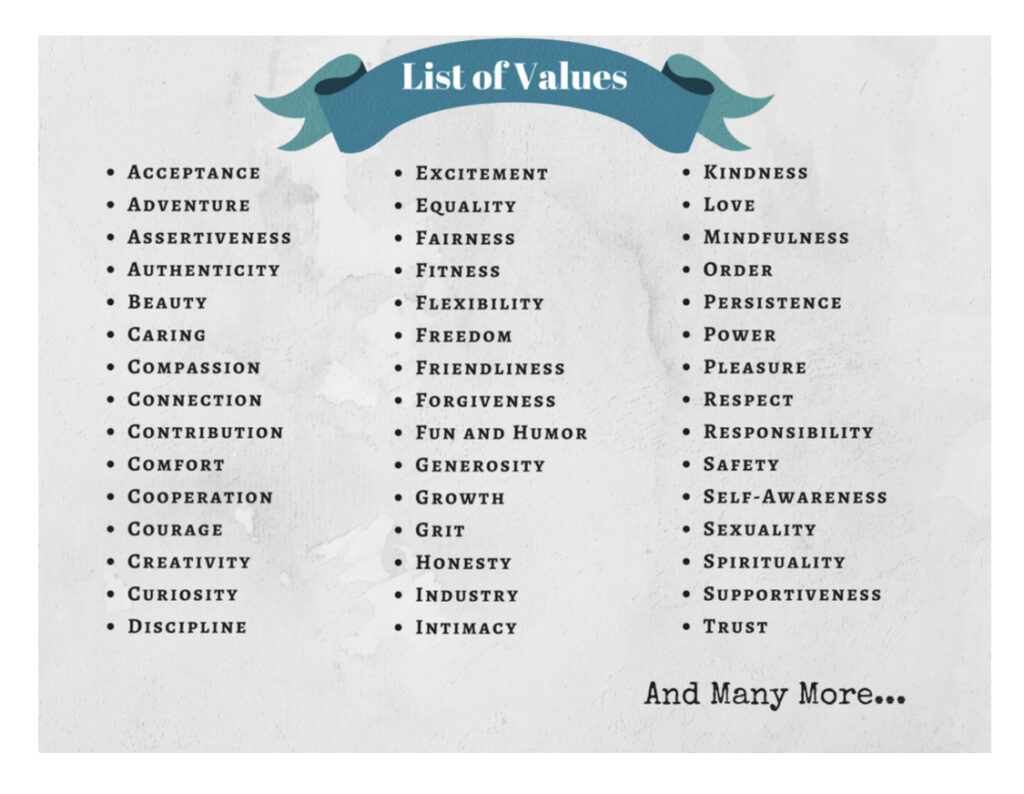Something odd happens when we are in crisis.
Enshrouded in fear, worry, and self-doubt, we quickly lose sight of what matters and often act accordingly. We may get hooked in a never-ending chase for our immediate needs and wants, foregoing our deeper goals and intentions.
Or we may get lost in a repetitive cycle of meaningless chores, feeling like we are functioning but not really living. We may even become paralyzed by the burdens of the day, and spend our time mindlessly staring at black screens or blank walls.
Whatever the reaction to crisis may be, the underlying objective often remains the same: Getting rid of pain. Getting rid of hurt, and grief, and everything that makes life hard and unbearable. This is true whether we try to drown our feelings in alcohol, distract ourselves with work, or even go completely numb.
And though it may not sound like it, this is normal and natural. We all escape our pain at times to help us cope. But while we avoid the hard stuff, we inadvertently also avoid what gives our life purpose and meaning. Rather than reaching for our goals, wishes, and ideals, we focus on not feeling. And if we live like this for too long, we may even begin to doubt whether there is any sense to it at all.
Unwanted feelings quickly return.
A night out might make us forget about our woes and sorrows for an hour or two. Eventually, however, the morning after arrives, and with it all the thoughts and feelings we have tried to escape. Meanwhile, our goals and better intentions got left behind, leaving a hole where meaning was supposed to be.
It is one of the great ironies of life that purpose and pain tend to go together. We cannot have the former without the latter. Doing what matters comes with effort, struggle, and the possibility of mistakes, setbacks, and loss.
But it is not just that.
The more we care the more intensely we feel those losses. Once life reveals that irony to us, the more we care the more vulnerable we feel. The only way to invite purpose in your life is by allowing pain to come along as well.
It’s easy to forget this lesson – especially when we are already suffering. In that state of mind, we readily close ourselves off, and get stuck in a cycle of avoidance, or clinging desperately to “happiness” which is just as harmful.
If we want to break out of this fruitless cycle we need to reestablish contact with our purpose, as well as the pain and vulnerability that comes along with it, and begin to allow a more natural ebb and flow of emotion.
Part 1: Choosing What Matters
Suppose you set sail out for sea. In order to not get lost, you want to have two things: a map and a compass. A map will show you the places nearby and far away that are worth visiting. A compass, however, will show you the general directions in which you are moving.
Life is not much different. In order to not get lost, you want to know which places are worth visiting, as well as the directions in which you are moving. Places are like goals because you can reach them on your journey. Your directions, however, are like values, because they point you towards what matters, and show where you are heading.
Unlike goals, your values are never-ending. For instance, you can achieve the goal of getting a partner, but you can never fully achieve or “possess” the value of love as a kind of static object. Love is ongoing. It matters before and after you get a partner.
Any other value works the same way. Whatever goals you may achieve over the course of your life, you will continue caring about specific qualities of acting and being that you choose to bring into the world. You may already know your values. Then again, you might want to think it over for a few moments.
What matters most to you? What qualities do you want to bring to your actions? And what kind of person do you aspire to be? The list down below might give you some inspiration.
There is substantial literature that shows that values choices must be choices. This is between you and the person in the mirror. If you try to value out of obligation, shame, or compliance, it will not lift you up – it will push you down. So when you look at this list, do not view them as things you are being told or pushed to do. Hold them lightly and choose them freely.
Choose the qualities that speak the most to you right now.
Part 2: Doing More Of That
It’s not enough to choose what matters. If you want your values to make a difference in your life, you also have to act on them. This is probably the hardest step, but it’s also the most meaningful one.
It all boils down to a simple-yet-complex question: How can you implement your values into your life? It may be worth revisiting this question time and again throughout your day, as you come up with different answers each time.
For example, if you value Courage, you might make it a point to speak up during an upcoming meeting. And if you value Gratitude, you could tell a person close to you how much you appreciate them. In small ways, you can let your values affect how you carry yourself around others and with yourself.
You can also use your values as guidelines for bigger decisions. For example, if you value Growth, you can choose to take on a challenging work project, or even aspire towards an entire career change. The possibilities are endless, limited only by your imagination.
Your values may change over the course of your life. What doesn’t change, however, is caring itself. As long as you live, there will be values – qualities of actions – that matter to you. And whenever you feel stuck or in a personal crisis, they can guide you towards what matters. Refocusing on your values, taking action, and allowing the pain that comes along with it.
If you want to learn more about why this technique is effective, as well as other tools and techniques in dealing with stress of any kind, the World Health Organization (WHO) has published a wonderful self-help protocol. You can access the WHO program by clicking here.
Be well, and consider sharing this resource with other people in need. Note that this article is part 3 of a five-part series that roughly parallels the WHO program. Click here to read part 1 and here for part 2.
Peace, love, and life.
Image courtesy Pexels.






